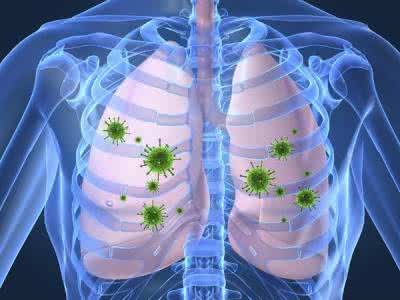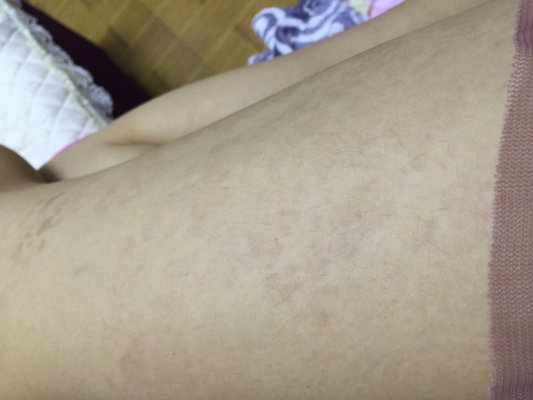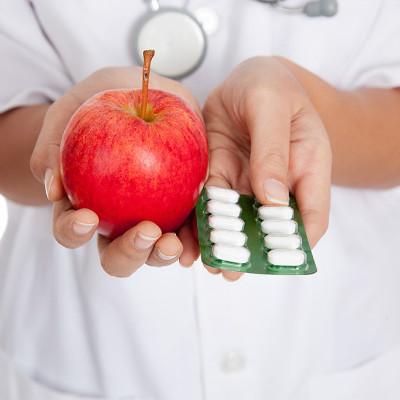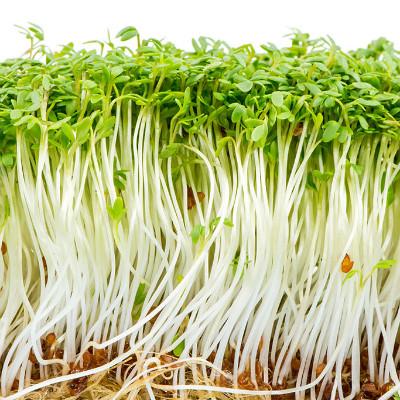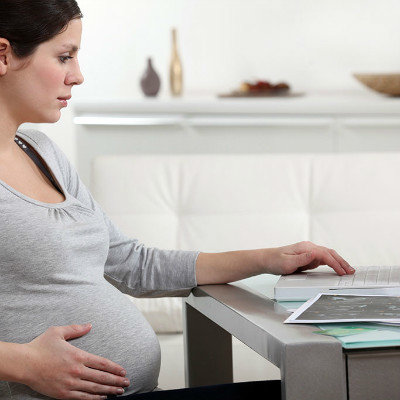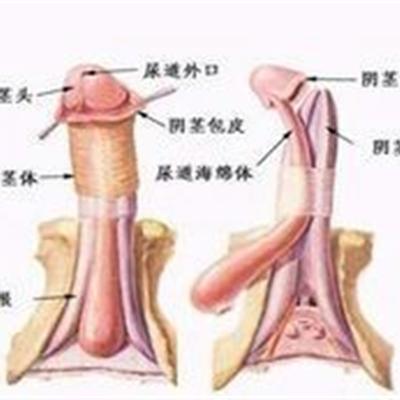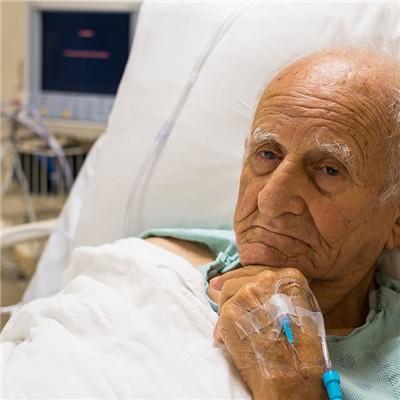Diet nursing of dialysis patients
summary
The diet of hemodialysis patients is different from that of non hemodialysis patients. What can hemodialysis patients eat and what can't?
Diet nursing of dialysis patients
Protein intake: some dialysis patients think that they should eat a low protein diet, which is wrong. Due to the loss of some protein during dialysis, the patient's reaction is to appropriately increase the protein intake. The daily intake is 1.2g / (kg · d), of which more than 50% is high biological value protein (such as high-quality animal protein). The food choices include egg, lean meat, fish, milk, etc. Two Liang lean meat contains about 18G protein, and one egg contains about 7g protein. High quality protein has high content of essential amino acids, high utilization rate of synthetic human protein and less metabolic waste (such as urea). Should not eat more dry beans and bean products, hard fruits and other non essential amino acid high food. 075-0.12g / (kg · d).

Calcium supplement dialysis patients due to lack of vitamin D or vitamin D is not sensitive, so should eat more calcium food. The requirement of calcium was 1000-2000 mg / d. Dietary calcium should pay attention to limit phosphorus, such as boiling bone soup or stewing ribs should be boiled in water for 3 minutes, discard the water and add water to stew, can remove 1 / 3 ~ 1 / 2 phosphorus in bone.

Calorie intake: dialysis patients should take enough calories, generally 30-35 kcal / (kg · d). Carbohydrate accounts for 50%, protein 30% and fat 20%. 1 g fat can provide 9 kcal of heat, 1 G protein or carbohydrate can provide 4 kcal of heat. In general, the ideal weight (kg) = height (CM) - 105 is used for calculation. If the height is 175cm, the ideal weight is 175-105 = 70kg. Generally, the total amount of fat in the diet should be 50-60g, in which vegetable oil is 20-30ml.
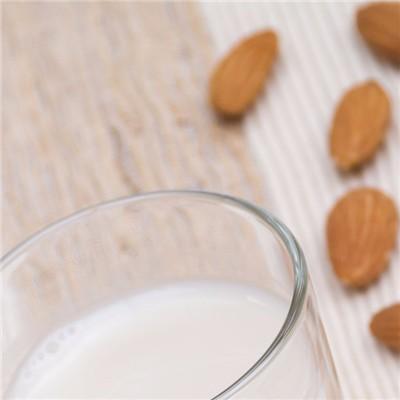
matters needing attention
Factors of malnutrition in dialysis patients: 1. Insufficient intake: 1. Toxin stimulation of uremia itself, low gastrointestinal function and inadequate dialysis. ② The absorption of glucose into the blood in peritoneal dialysis fluid can reduce the appetite of dialysis patients. ③ The abdominal cavity is filled with fluid. ④ The adverse reactions such as nausea and vomiting caused by hemodialysis and the loss of protein in different degrees can also cause malnutrition. ⑤ Some of the adverse reactions caused by drugs. 2. Concomitant infectious diseases: the further consumption of protein and fat makes the nutritional status worse and the metabolism and hormone disorder in the body. 3. The disease itself is often accompanied by carbohydrate, protein, fat metabolism disorders and endocrine disorders. In order to meet the needs of some treatments, excessive nutritional control, poor structure of nutrients, excessive loss and insufficient absorption of nutrients often occur.
